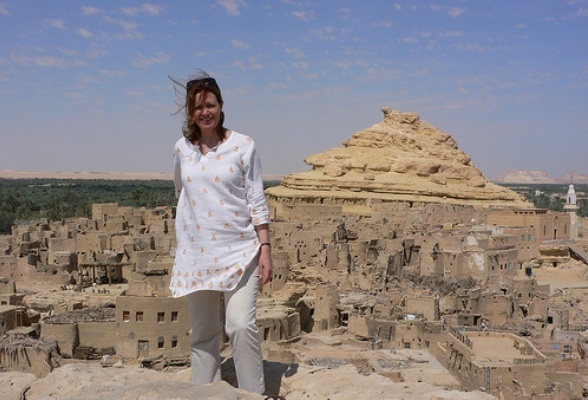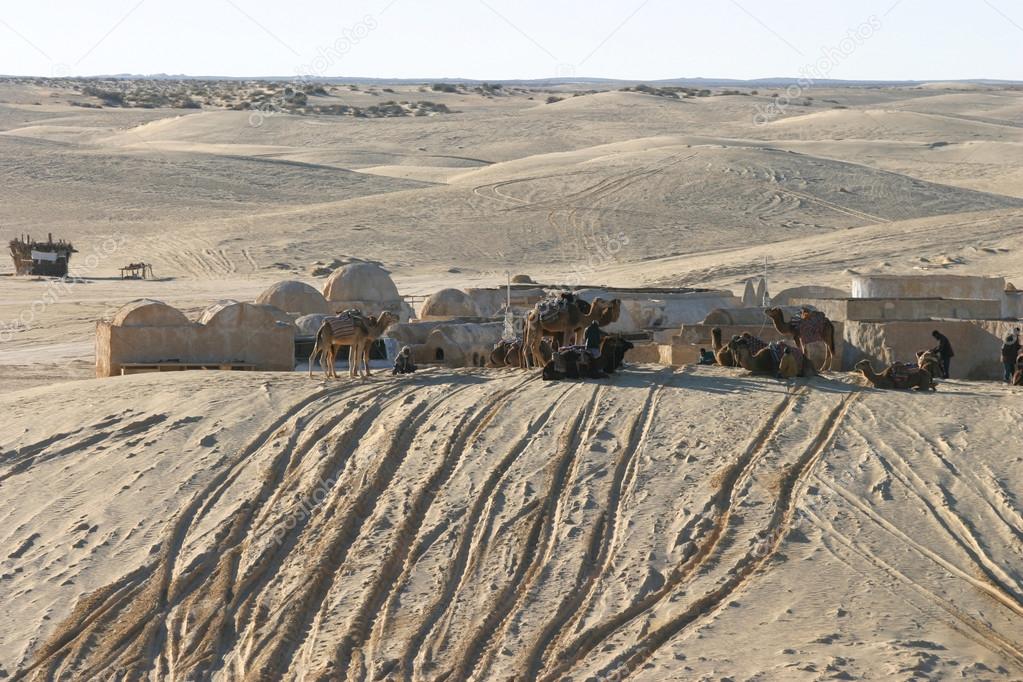

The Nyae Nyae !Kung Bushmen said that the crescent phases with sharp points was male, while the Full round Moon was female. The KhoiKhoi also considered the Moon as “the Lord of Light and Life”, and would sing and dance at times of New and Full Moon. To the Kora KhoiKhoi, the Moon was kham, “the Returner” the Nama KhoiKhoi spoke of khab. The Moon – iNyanga to the Xhosa and Zulu, Nwedzi to the Shona and Venda, and Ngwedi to the Sotho and Tswana – is probably the most obvious feature in the night sky, because of its size, brightness, and changing appearance (phases). As the Moon orbits the Earth it goes through a sequence of phases, from New Moon (invisible) to crescent, half-moon, Full Moon, half-moon, and back to New Moon. The Venda spoke picturesquely of mutsha-kavhili, “the two dawns”. In Zulu, Sotho and Tswana traditions this was called “the darkening of the Sun”, ukufiphala kwelanga and fifalo ya letsatsi respectively. Such a total eclipse was not a welcome sight to the Xhosa, who saw it as an ill omen. If the alignment is exact, then the entire Sun is momentarily blacked out. On rare occasions, the Moon passes between the Earth and the Sun, resulting in a solar eclipse. So one day, out of desperation, the First Bushmen chopped off his head and threw it up into the sky so that his light could be shared with everyone. But he was a lazy fellow and would sleep late, keeping his light to himself. The Sun was originally a man, the /Xam said, whose head shone brightly. The /Xam Bushmen would ask the Sun, early in the morning before they set out to hunt, to steady the hunter’s arm when aiming at game. The Nyae Nyae !Kung Bushmen think of the Sun as a “death thing” because of its searing heat and the association with thirst, hunger, and exhaustion. The Sun is ilanga in Xhosa and Zulu, duvha in Venda, zuva in Shona, and letsatsi in Sotho. The Ibibio of Nigeria spoke picturesquely of the stars as “Sand of the Moon”.

Some say that all the stars fall to the ground each morning, and we see them on earth as insects. When they are hungry and see an ant, they quickly fall to the ground to catch it. Another !Kung account says that stars are actually ant lions, watching from overhead with their bright eyes. While the /Xam Bushmen believed the stars were formerly people, some !Kung Bushmen taught that stars are, in fact, small creatures, and look like tiny porcupines – they have little legs, ears, teeth and are covered with tiny spines. In Xhosa, a star is inkwenkwezi, inkanyezi in Zulu, nyenyedzi in Shona, dinaledi in Sotho, tinyeleti in Tsonga, maledzi in Venda, linaleri in Setswana, and nyota in Swahili.

The “things of the sky” generally do not influence or reflect the affairs of man, the !Kung taught, nor do they affect the weather, the growth of vegetation, or other conditions of the earth they are in a realm of their own. The Nyae Nyae !Kung Bushmen saw the sky as the dwelling place of all the divine beings and spirits of the dead. The traditional Tswana idea is that stars are holes in the rocky vault that is the sky.

Venus-Rising-(2014)-P-G-Alcock The sky and the starsĪ wide-spread African concept is that the sky is a solid dome, perhaps made of blue rock, resting on the Earth, upon which the Sun moves.


 0 kommentar(er)
0 kommentar(er)
